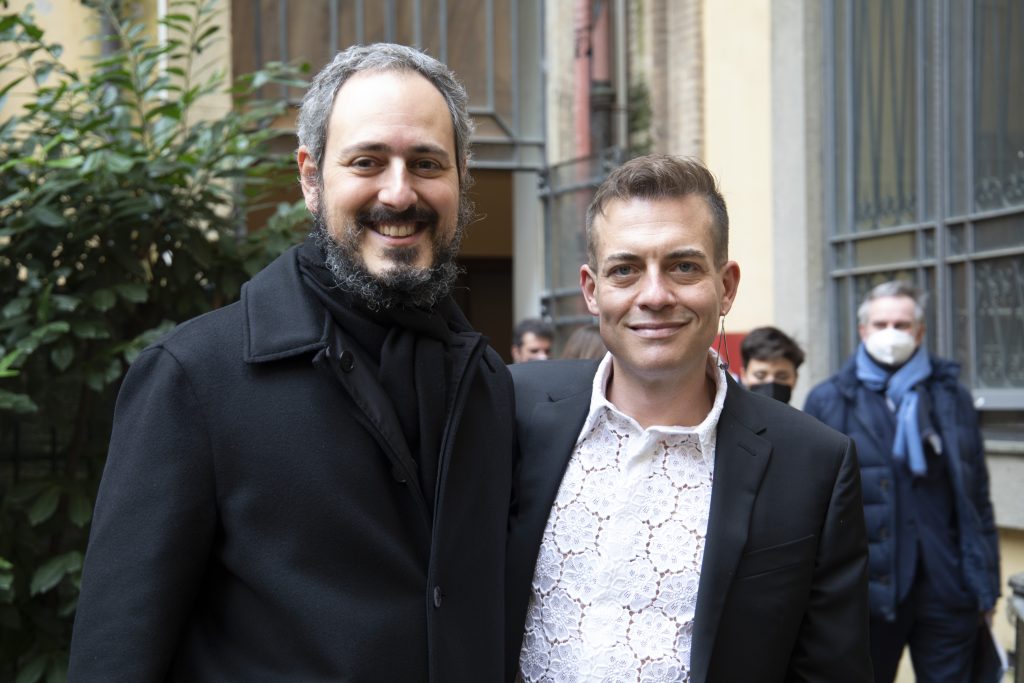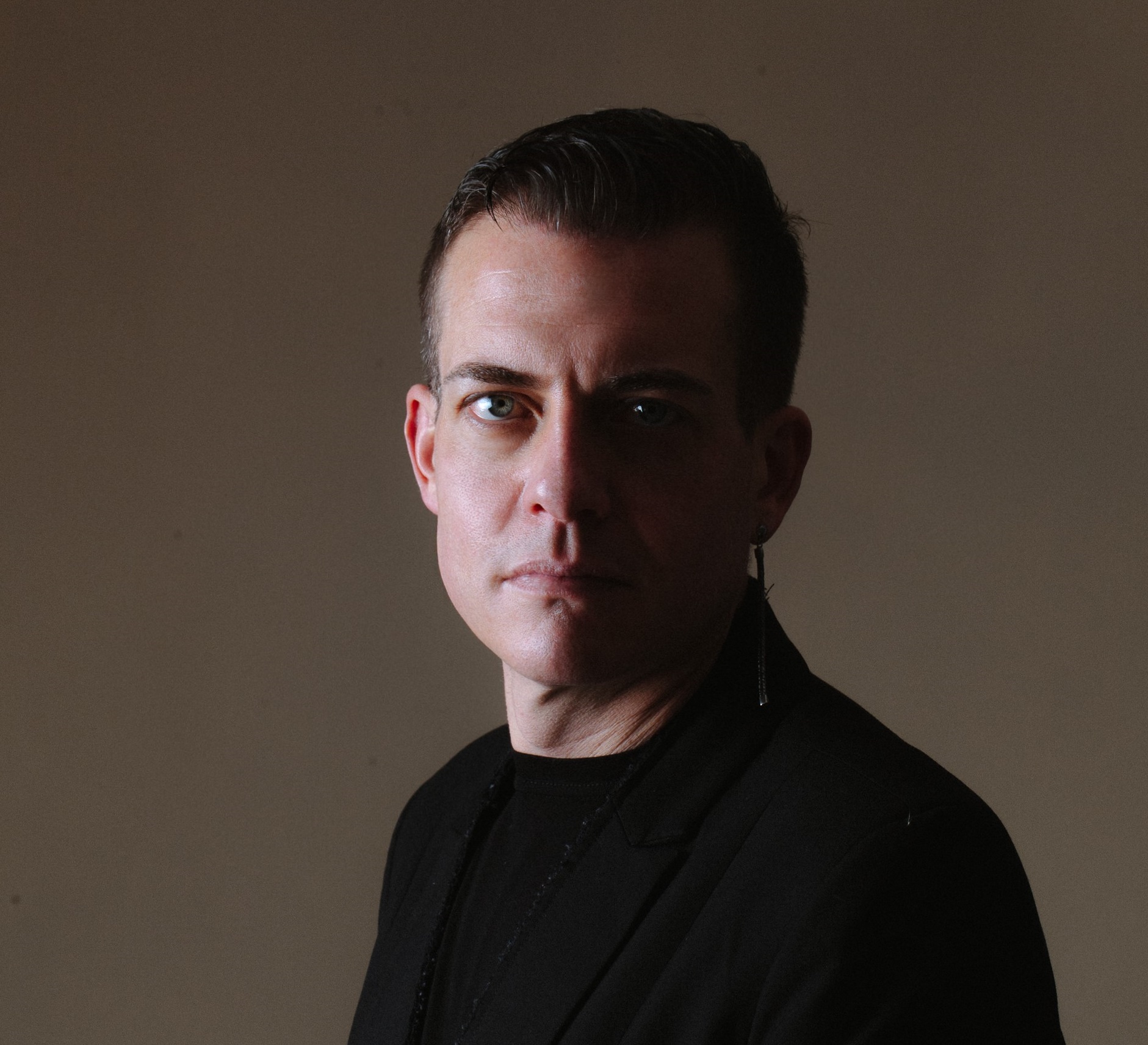She speaks with great empathy about her experience at Mambo in Bogota. Eugenio Viola, Italian curator and art critic, since 2019 chief curator of the Museum of Modern Art in Bogotà, curator of the Italian Pavilion of the now imminent Art Biennale to be held in Venice from 23 April to 27 November. He explains that, in the midst of the many difficulties of living in the Latin American country, "Here I have the opportunity to be part of a process of civil and social reconstruction through art and culture. It is a wonderful thing but it is also an infinite responsibility".

Because? " Colombia is a complex reality full of lacerations. It comes out, but has not yet emerged, from one of the longest internal conflicts in the history of mankind. There was a peace agreement in 2016 but some areas of the country are still in the hands of the paramilitaries. There is the problem of drug trafficking, it is among the most unequal and corrupt Latin American societies ... ". In all this, however "Art and culture can give the possibility to imagine a different future. Because art and culture educate".
From this point of view, what are the links between the two experiences, that of the Mambo and that of the Biennale?
They are very related experiences, because I consider my work as a series of facts that intertwine, creating a novel through images in constant evolution. Two intersecting floors. “History of the Night and Destiny of the Comets” at the Italian Pavilion will be a narration of the difficult balance between man and nature. Between sustainable development and territory, between ethics and profit. There will be my idea of art which I believe must necessarily relate to the contradictions and lacerations of society. The only reason for art to exist is to connect with all that is social and civil.
How much has your idea of art been conditioned by the Colombian experience?
Very very much. My curating experience has always been closely linked to social issues. And this relationship has grown exponentially also with the choice to operate where I work, in Bogotà in Colombia. In a time when we are bombarded with images, the only reason for art to exist is to connect with all that is social and civil. Art has to ask more questions than answers, it's not my job to give answers, I have to give a different perspective on what the problems are.
Minister Dario Franceschini has chosen it because it carries "a creative, ambitious and innovative vision" for an exhibition project that will be "fascinating". What is your innovative vision and the charm of the next Italian Pavilion?
The innovative vision of the Pavilion is closely linked to the fact that I bring a single artist, Gian Maria Tosatti. A dry and decisive proposal, equating national participation with that of the artist. It will be a visionary, courageous project, as is in the strings of Tosatti and also in my strings. Gian Maria Tosatti has an eccentric training, he has created powerful installations that unite many media, a bit like the synthesis of the arts. Story of the Night and Destiny of the Comets is for both, to date, the most important chapter that we are preparing to write of this story, in which our stories once again intertwine and confront each other. Furthermore, this project cannot ignore our uncertain, metapandemic present.

The great relevance of the pandemic. In Bogotà it was the stimulus for one of his very interesting projects. Can you tell us?
It must be said that the pandemic in Colombia has increased already existing large problems. It has increased the poverty of small informal economies, of those who live by the day. With the lockdown, everything stopped here too. People were starving. And hunger generates anger, violence, during the third wave we were in the midst of social turmoil. The pandemic is one more problem among the many already affecting the country. But as people need normality, the Mambo has remained open as much as possible. When it was closed I came up with the first national art project that faced the pandemic. Inviting artists to propose works they had created during the pandemic as an insert that can be published in the newspaper El Tiempo, equivalent of the Italian Corriere della Sera. They went out on Saturdays and Sundays, for a total of 60 releases. From May to December. In a way it was also a social project.
So let's go back to the social function of art ...
Yes, it was also a way of democratizing the work of art by buying it for the equivalent of 30 cents which is the price of this newspaper. And to reach a different type of audience. That of those who do not necessarily identify with art experts. These works of art captured the relevance of those moments and also the tragic nature of that actuality.
How much has Naples, your city, influenced your vision of art and how much does it count in your Colombian experience?
Naples in some ways reminds me Bogota. With all due differences, one is on the sea and the other is Andean. But both feed on this creative entropy, both live on the limit and feed on their limit. There are many points of contact between my origins and this reality. Because in any case I come from the south, I am Latin, I have Spanish origins, we have a whole series of points of contact in the way of representing, of writing about feelings, of having a sort of mental plasticity in adapting to problems. I always say, jokingly, that I feel very comfortable here precisely because I am from Napoli… Naples was a training ground for me to face Bogotà, where I chose to come and then to stay.
An Italian in Bogotà, taking care of one of its main cultural institutions. How did the Colombians take it?
When I arrived here, I was the first institutional curator in the history of the country who didn't speak Spanish. Now I'm the Italian behind Mambo. A long article from a national newspaper was recently dedicated to me. Now they follow me, I'm welcome. Perhaps because I give the possibility to look at things and problems from a particular angle. This is the biggest challenge. Propose something that makes sense to them even though it is not part of their reality and their history. The reaction of the people is positive. I work for an institution focused on a concept of community in a society that is still very divided. And we must give an answer of cohesion, of union, art can do it. It has this power.
Do you like your projects?
Obviously, the projects I present are not always popular. But they are not made for pleasure, sometimes they serve to trigger a reaction. This is the main function of art, the most important in a world where many, too many visual stimuli risk anesthetizing us, making us indifferent and therefore killing art. This is why art has the task of triggering a reaction. Which does not necessarily have to be positive, it has to give ideas, this is the most important thing.
Art in Italy seen from Bogotà. Would you like to return to Italy full time?
I know the critical issues that weigh on the Italian art system. Some things are improving, there are more possibilities for artists and for those who do my work, that is, criticism. Very often, however, people have to go abroad to be recognized, I am not referring only to my experience. Our institutions are fragile from various points of view, including economic ones. Why am I staying here at the moment? Because I can be part of a rebuilding process. I feel useful. My path is the result of a series of events that are linked together. And the south is an unavoidable part of my destiny: I was born in southern Italy, I moved at some point in my life to the southern hemisphere (Eugenio Viola was also senior curator of the Perth Institute of Contemporary Art in Western Australia, ed). I now live in South America. More south than this ...
Source of the photograph: CAMO Camilo Delgado Aguilera





